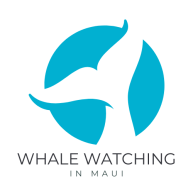Imagine yourself aboard a small boat, the warm Hawaiian sun on your face, as you glide across the crystal-clear waters of the Pacific Ocean. Suddenly, a massive humpback whale breaches the surface, sending a shower of sparkling water into the air. This is the spectacle of a whale watch in Maui – an unforgettable experience that will stay with you forever. Maui, with its stunning coastline and vibrant marine life, offers a unique opportunity to witness these magnificent creatures in their natural habitat. But when is the best time to see whales in Maui?
KEY TAKEAWAY BLOCK:Key Takeaways
- Peak whale watching season in Maui is from December to April, with January to March being the most active.
- Humpback whales are the most commonly sighted species in Maui.
- Dress in layers and wear comfortable shoes.
- Bring sunscreen, a hat, sunglasses, and a water bottle.
- Choose eco-friendly tour operators that prioritize marine conservation.
Whale Watching Season in Maui
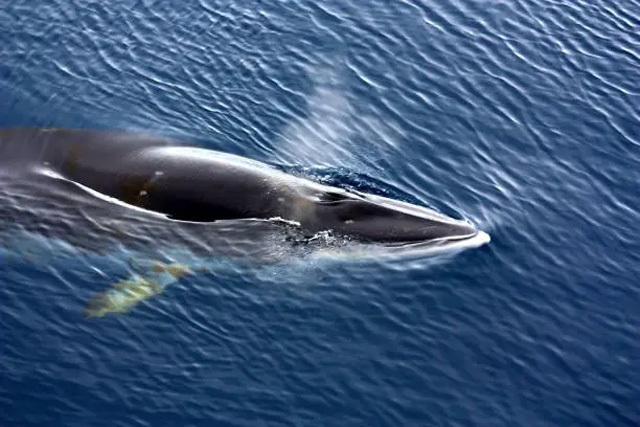
The best time to see whales in Maui is during their annual migration, which usually runs from December to April. However, the peak season for a Maui Whale Watch tour generally falls between mid-January and March. The best month to go on a whale watch in Maui is January.
During these months, thousands of humpback whales migrate from their feeding grounds in Alaska to the warm waters of Hawaii to breed and give birth.
Pro Tip!
Avoid using loud noises or loud music while on the boat, as this can disturb the whales.
Why Winter is the Best Time to See Whales in Maui
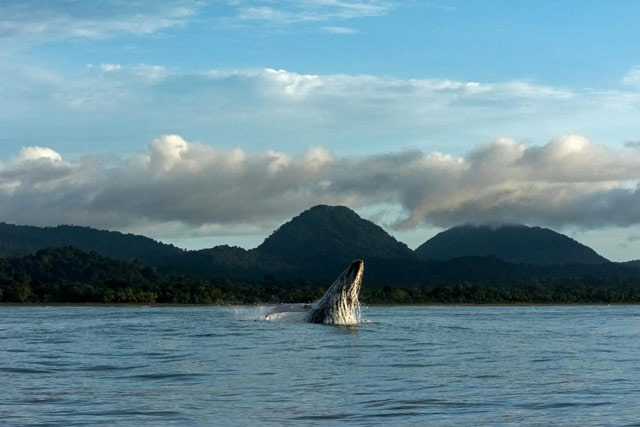
Winter in Maui is the prime time for whale watching for several reasons:
- Increased Whale Activity: During their migration, humpback whales are highly active. They spend their time feeding, socializing, and engaging in courtship behaviors. This increased activity makes them more likely to be spotted at the surface.
- Breeding Season: The winter months also mark the breeding season for humpback whales. Males engage in elaborate courtship displays, including singing complex songs and competing for the attention of females. These displays can be quite spectacular to observe.
- Calving Season: Many humpback whales give birth to their calves in the warm Hawaiian waters. Witnessing a mother whale nurturing her newborn calf is an incredibly moving experience. You might also see playful interactions between calves and their mothers as they learn to swim and explore their surroundings.
- Ideal Weather Conditions: While winter in Maui brings some rain, it generally offers calmer seas and better visibility which contributes to winter being the best time to see whales in Maui.
Fun Fact!
Whale calves are born tail-first.
December: The Arrival
First sightings of whales arriving after their migration. The whales seem excited, but sightings are sporadic.
- Weather: Winter swells can bring high surf, but the trade winds are generally lighter than in January.
- Read the full guide: Maui Whale Watching in December: Weather & Wildlife Guide
January: The Heat Run Ramp Up
As the season kicks off, the competition pods begin.
- Weather: Trade winds are kicking.
- Read the full guide: Maui Whale Watching in January: Weather & Wildlife Guide
February: Peak “Whale Soup”
The Density of whales is at its highest.
- Weather: Storms possible, but action is guaranteed.
- Read the full guide: [LINK] Maui Whale Watching in February: The Ultimate Guide
March: Moms & Calves
The waters calm down and the babies come out to play…
- Weather: Glassy mornings return.
- Read the full guide: [LINK] Maui Whale Watching in March: Spring Break Guide
April: The Farewell
Most adult males have left, leaving mostly mothers and their calves.
- Weather: Calmest water of the year. Perfect for photographers.
- Read the full guide: [LINK] Maui Whale Watching in April: Last Chance Guide
6 Different Whales You can Spot During the best time to see whales in Maui
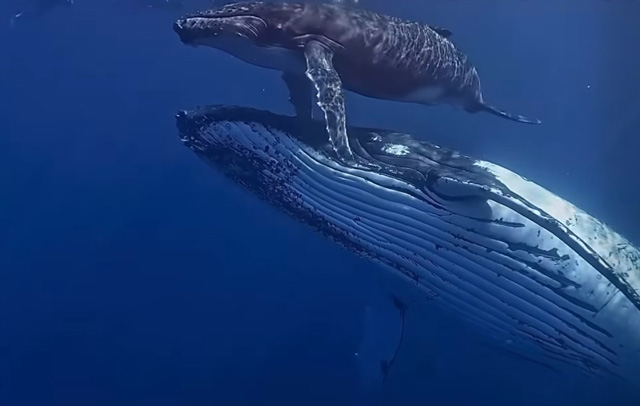
While humpback whales are the main attraction during the best time to see whales in Maui, you might also encounter other fascinating marine mammals. Here are six species you might spot during your tour:
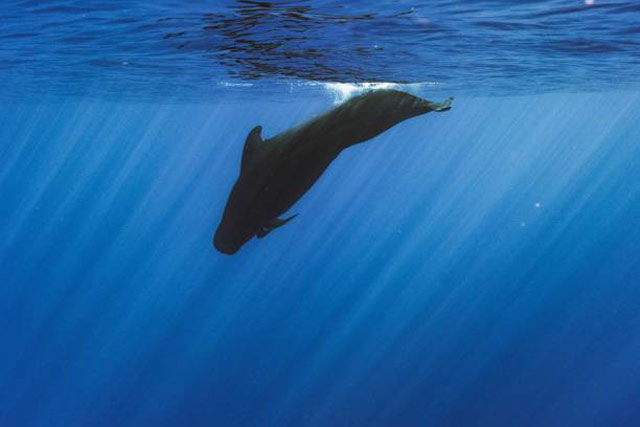
Keep your eyes peeled for these amazing creatures during your whale watching adventure in Maui! You never know what incredible marine life you might encounter.
- Humpback Whales: These majestic giants are the most common sight during the winter months. Look for their distinctive black and white markings, acrobatic breaches, and powerful tail slaps. Humpback whales can grow up to 60 feet long and weigh up to 40 tons. They migrate to the warm waters of Maui to breed and give birth to their calves. The presence and behaviors of the humpback whales are part of what makes the winter months the best time to see whales in Maui
- Fin Whales: These are the second-largest animals on Earth, after the blue whale. They can grow up to 85 feet long! They are usually seen traveling in small groups during the best time to see whales in Maui, and are known for their slender bodies and long, pointed flippers. Fin whales migrate to Hawaiian waters to feed on krill and small fish.
- Minke Whales: These smaller whales are often seen feeding near the surface. They are known for their distinctive white markings on their flippers, which kind of resemble a “thumbprint.” Minke whales can grow up to about 30 feet long. They migrate to Maui to feed on the food available in the region. Like fin whales, they feed on krill and small fish. Both minke and fin whales are rare to see. But, because the winter months are the best time to see whales in Maui, you stand a much better chance at catching a sighting.
- Pilot Whales: These highly social whales often travel in large pods, sometimes numbering in the hundreds, when they are seen during the best time to see whales in Maui. They are known for their distinctive melon-shaped heads and their sleek, black bodies. Pilot whales can grow up to 27 feet long. They are often found in deeper waters around Maui, where they feed on squid and fish.
- Spinner Dolphins: These playful dolphins are often seen leaping and spinning in the air. They are a delight to watch and are frequently encountered on whale watching tours. Spinner dolphins can grow up to 6 feet long. They are residents of Hawaiian waters and can be found throughout the year.
- Bottlenose Dolphins: These intelligent and sociable dolphins are common in Hawaiian waters. They are often seen traveling in pods and are known for their playful antics, such as bow riding in the waves created by boats. Bottlenose dolphins can grow up to 12 feet long. They are residents of Hawaiian waters and can be found throughout the year, feeding on a variety of fish and squid.
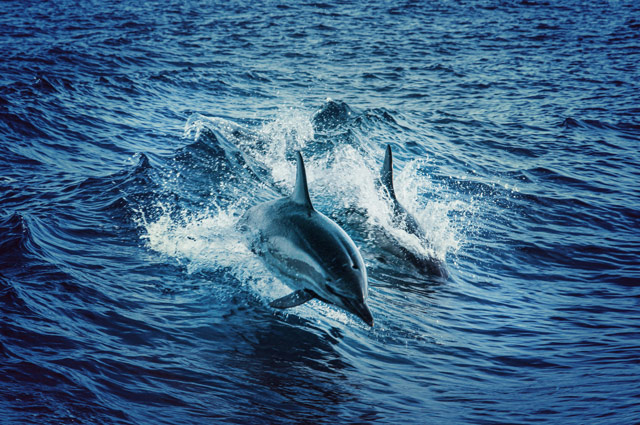
Fun Fact!
Whales have no sense of smell.
Keep your eyes peeled for these amazing species during your peak season whale watching adventure in Maui!
2025 Whale Watching Tour Packages in Maui
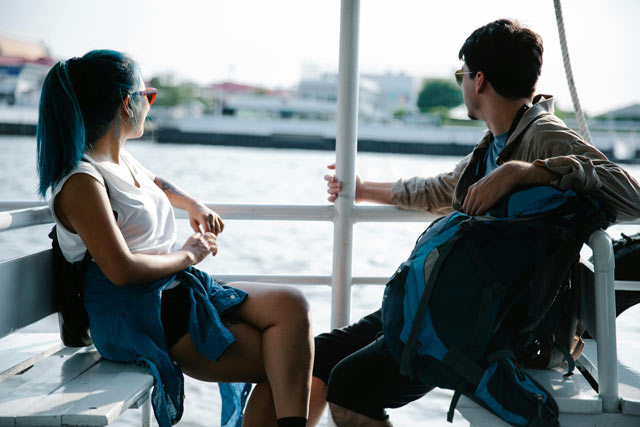
For the 2025 whale watching season in Maui, consider the following diverse tour package options to enhance your experience. There’re all kinds of whale watching tour packages you can find during the best time to see whales in Maui, from exciting combos to luxurious experiences.
Maui’s whale watching season offers an exciting day out for photography enthusiasts, a family seeking adventure, or someone like me who looks for an accessible and inclusive experience. These packages offer a variety of options to make your whale watching adventure truly unforgettable:
- “Whale Watching & Snorkeling Combo”: Combine your whale watching adventure with a snorkeling trip to explore the vibrant coral reefs and diverse marine life around Maui. Many tour operators offer combo packages that include both activities the best time to see whales in Maui, allowing you to experience the best of both worlds.
- Example: Maui Dive Shop offers a popular combo tour that includes a morning whale watching cruise followed by an afternoon snorkeling trip at Molokini Crater.
- “Luxury Whale Watching with Champagne Brunch”: Indulge in a truly luxurious experience with a champagne brunch aboard a spacious catamaran. Enjoy gourmet treats, complimentary beverages, and unparalleled views of the whales while sipping on sparkling wine.
- Example: Alii Nui Ocean Tours offers a “Luxury Whale Watch Cruise” during the best time to see whales in Maui, with a champagne brunch and a focus on providing a sophisticated and unforgettable experience.
- “Photography Tour with Expert Guidance”: If you’re a photography enthusiast, consider a specialized tour led by a professional photographer during the best time to see whales in Maui. Learn tips and techniques for capturing stunning photos of whales, and receive personalized guidance on camera settings and composition.
- Example: Oceanographers offers a “Photography Tour” specifically designed for photographers, with expert guidance from marine naturalists and opportunities to capture incredible whale photos.
- “Family-Friendly Whale Watching Adventure”: During the best time to see whales in Maui, many tour operators offer family-friendly options with activities designed to engage children, such as educational talks, games, and onboard entertainment.
- Example: Pacific Whale Foundation offers a variety of family-friendly tours with educational components and opportunities for children to learn about marine life.
- “Eco-Friendly Whale Watching Tours”: Choose a tour operator committed to sustainable practices and marine conservation. Look for tours that prioritize minimizing their environmental impact and support local conservation efforts.
- Example: Sea Maui emphasizes eco-friendly practices and supports marine conservation initiatives. Their tours are conducted responsibly with minimal disturbance to the whales.
- “Accessible Whale Watching Tours“: Look for tour operators that prioritize accessibility for guests with disabilities. During the best time to see whales in Maui, some operators offer features like wheelchair-accessible boarding, elevators, and assistance from trained staff.
- Example: Maui Ocean Center offers a variety of whale watching tours with a focus on accessibility. They have staff trained to assist guests with disabilities and ensure a comfortable and enjoyable experience for all.
Remember to book your tour in advance, especially during the best time to see whales in Maui (January-March), to secure your spot and avoid disappointment.
Pro Tip!
Support eco-friendly tour operators that prioritize marine conservation and minimize their impact on the environment.
Where Do the Whales Go After the Season?
Once the peak whale watching season in Maui comes to an end, the magnificent creatures begin their long journey back to their summer feeding grounds in the North Pacific.
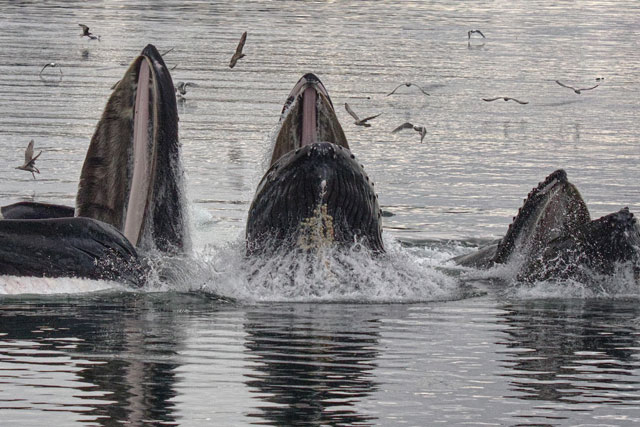
- Humpback whales: These majestic giants embark on a remarkable migration, traveling thousands of miles to the rich feeding grounds in the Alaskan waters. They spend the summer months feasting on krill and other abundant food sources, building up their fat reserves for the next breeding season.
- Fin whales: Fin whales (sometimes also called finback whales) also migrate north to the cooler waters of the North Pacific, where they feed on plankton and small fish.
- Minke whales: Like humpback whales, minke whales migrate to higher latitudes during the summer months to feed. They are often found in cooler waters near the continental shelf.
- Pilot whales: These deep-diving whales typically migrate to deeper waters during the summer months, where they can find their preferred prey.
- Spinner dolphins: Spinner dolphins are resident populations in Hawaiian waters and do not undertake long-distance migrations. They remain in the area year-round, adapting to the changing seasons.
- Bottlenose dolphins: Similar to spinner dolphins, bottlenose dolphins are also resident populations in Hawaiian waters. They are highly adaptable and can be found in various habitats throughout the year.
Fun Fact!
Blue whales have the largest heart of any animal on Earth.
Conclusion
While the best time to see whales in Maui may come to an end, the incredible journey of these magnificent creatures continues. Their migrations are a testament to their resilience and their remarkable ability to navigate vast distances across the ocean.
Whale watching in Maui is an unforgettable experience. Witnessing these magnificent creatures in their natural habitat is a truly awe-inspiring sight. From the acrobatic displays of humpback whales to the playful antics of spinner dolphins, the waters around Maui offer a unique opportunity to connect with the ocean and its incredible inhabitants.
Remember that the best time to see whales in Maui typically runs from December to April, with prime time being January to March. When planning your trip, consider booking your tour in advance and choosing a reputable operator that prioritizes responsible whale watching practices.
